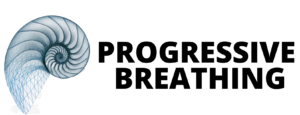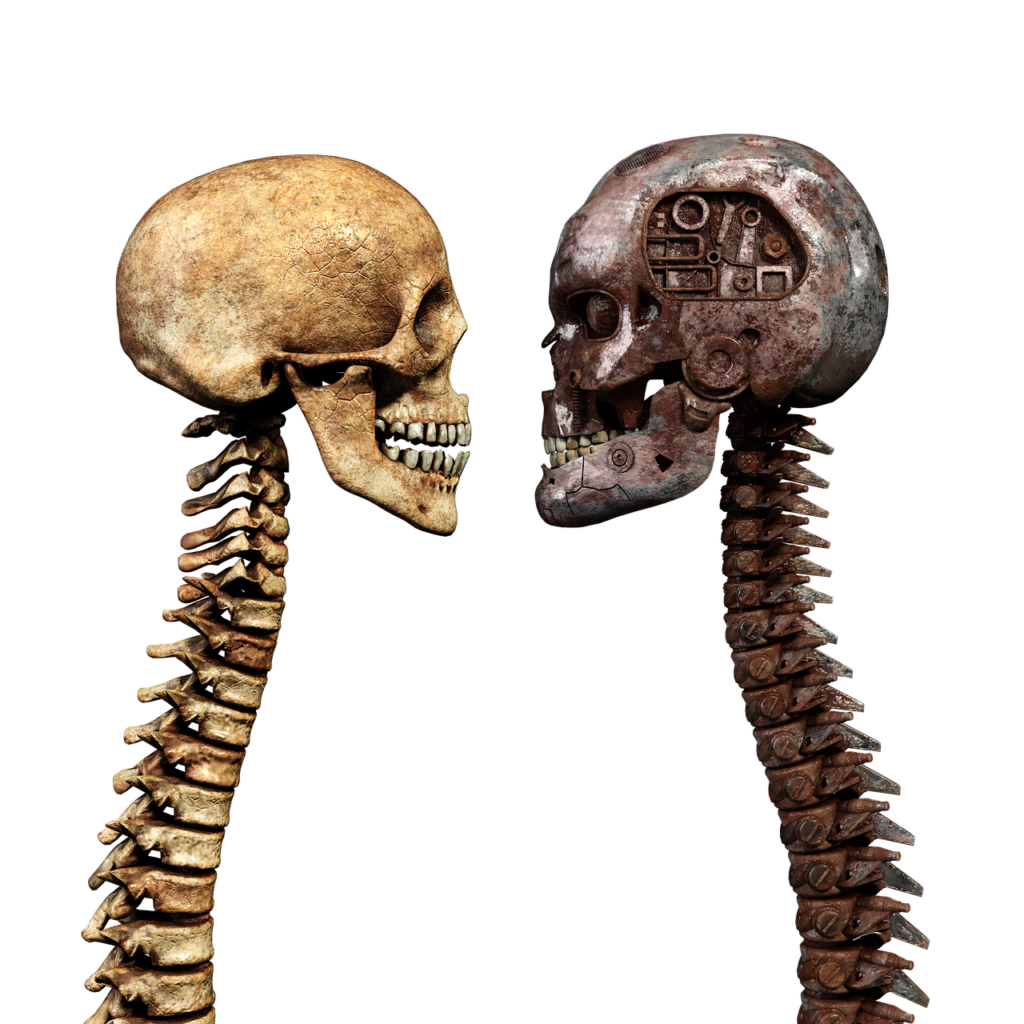How Nasal Breathing Improves and Supports Proper Posture
Nasal breathing, the practice of breathing through the nose rather than the mouth, plays a crucial role in maintaining and improving posture, particularly in the alignment of the head, jaw, and spine. Here’s how:
1. Head and Neck Alignment
Firstly, Nasal breathing encourages the head to remain in a more natural and balanced position. When we breathe through the nose, it promotes proper tongue posture, where the tongue rests against the roof of the mouth. This helps keep the head aligned with the spine, reducing the tendency to jut the head forward, a common postural issue known as “text neck” or “forward head posture.”
- Forward Head Posture: Mouth breathing often leads to the head being positioned forward to open the airway, which can strain the neck muscles and lead to chronic pain. Nasal breathing supports the natural alignment of the head over the shoulders, reducing this strain.
- Cervical Spine Health: By maintaining proper head alignment, nasal breathing reduces undue pressure on the cervical spine (the neck portion of the spine), helping to prevent issues like tension headaches and neck pain.
2. Jaw Position and Function
Secondly, Nasal breathing directly influences the position and function of the jaw. Breathing through the nose encourages the tongue to rest on the roof of the mouth, which helps maintain a healthy jaw position. This natural tongue posture supports the balance and alignment of the temporomandibular joint (TMJ), which connects the jaw to the skull.
- TMJ Health: Mouth breathing can cause the jaw to drop, leading to misalignment of the TMJ, which can result in jaw pain, clicking, and even migraines. Nasal breathing supports the proper resting position of the jaw, reducing the risk of TMJ disorders.
- Facial Structure: Over time, consistent nasal breathing can influence facial development, particularly in children. Moreover, it promotes a more balanced facial structure with a well-defined jawline. Chronic Mouth Breathing however contributes to a longer, and narrower face.
3. Spinal Alignment and Core Stability
Thirdly, Nasal breathing promotes diaphragmatic breathing, where the diaphragm is fully engaged in the breathing process. This deep breathing technique has a significant impact on spinal alignment and core stability.
- Core Activation: Diaphragmatic breathing strengthens the core muscles, including the diaphragm, deep abdominal muscles, and pelvic floor. A strong core supports the spine, helping to maintain proper alignment and reduce the risk of lower back pain.
- Spinal Posture: Proper diaphragmatic breathing encourages a neutral spine position, where the natural curves of the spine are maintained. This reduces the likelihood of developing postural issues such as hyperlordosis (excessive inward curve of the lower back) or kyphosis (excessive outward curve of the upper back).
4. Enhanced Respiratory Mechanics
Nasal breathing also optimizes the body’s respiratory mechanics, which are closely linked to posture.
- Chest and Ribcage Position: Nasal breathing prevents the overuse of accessory breathing muscles (like those in the neck and upper chest), which are often engaged during mouth breathing. This allows the ribcage to expand laterally (sideways) rather than just upwards, promoting a more stable and balanced posture.
- Reduced Tension: Mouth breathing can create tension in the neck and shoulders as these muscles compensate for the diaphragm. Nasal breathing reduces this tension, allowing for a more relaxed and upright posture.
5. Mind-Body Connection
Finally, Nasal breathing activates the parasympathetic nervous system, which promotes relaxation and awareness of body posture. This heightened body awareness helps individuals maintain proper alignment throughout the day.
Why Nasal Breathing is Important for Posture
Nasal breathing is integral to maintaining proper posture, particularly in the alignment of the head, jaw, and spine. It supports natural head and neck alignment, ensuring the jaw remains in a healthy position. Additionally it promotes spinal alignment through core stability, optimizing respiratory mechanics and fosters body awareness. By incorporating nasal breathing into daily habits, individuals can significantly improve their posture, reducing the risk of pain and postural-related issues.
Find more Benefits of Nasal Breathing Practice.
Align Movement with Nasal Breathing for optimal health outcomes.



